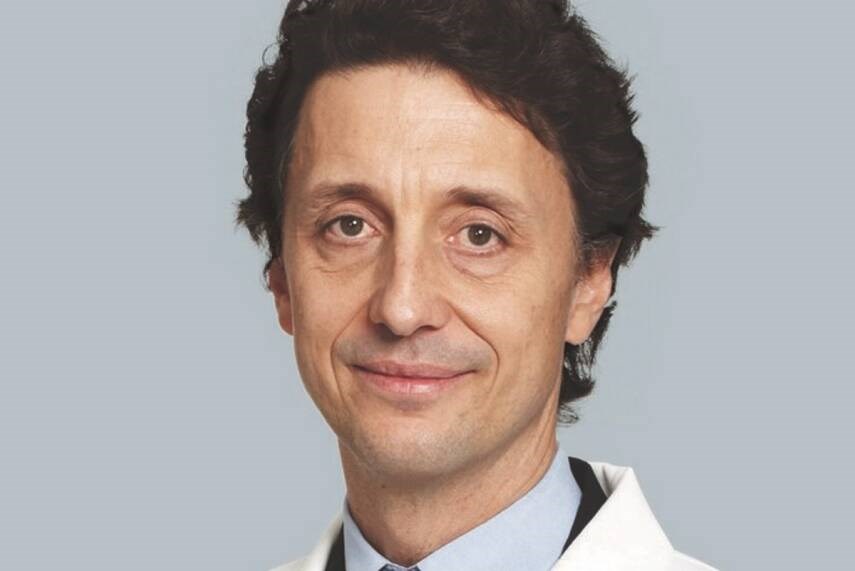Dear Dr. Roach: My husband and I have been watching our fat intake, and we have eliminated almost all red meat and processed foods from our diet.
We do eat a lot of fish (salmon primarily) and boneless/skinless chicken. I am, at times, confused about the information on nutrition facts labels. As an example, the label on a package of boneless and skinless chicken pieces indicates that the saturated fat content is 3% and the cholesterol content is 22%. I’ve seen similar numbers on other “healthy” options, with saturated fat below 10% and cholesterol around 20%.
Is that a good ratio for healthy eating? I am trying to lower my cholesterol level, which is currently around 230 mg/dL, but when I see a cholesterol content of 20% or more with a very low saturated fat level, I’m wondering if I’m really picking healthy foods.
S.K.A.
The effect of dietary cholesterol on blood cholesterol is more complicated than you might think. Our body makes most of the cholesterol in the blood, and if you take more cholesterol in, your body just makes a little less so that the effect is very slight. Most experts do not emphasize dietary cholesterol when choosing healthy foods.
I think you’ve made a very wise choice in eliminating most processed foods. Red meat remains controversial, but in my opinion, the preponderance of the data supports limiting intake of red meat and saturated fat. Most saturated fat comes from meat and full-fat dairy products. Independent of your cholesterol level, these changes are likely to lead to better overall health.
Dear Dr. Roach: How much caffeine is too much?
R.C.
Caffeine is a commonly used substance and, at low levels, makes many people feel like they have extra energy. It is safe for most people, although the side effects of jitteriness, anxiety and headaches make even small doses unpleasant for some people.
A dose of up to 400 mg daily is safe for most people. Eight ounces of coffee averages around 100 mg of caffeine, but that number can vary a lot by the type of coffee and how strongly it is brewed. Black tea has about half the caffeine content as coffee does per cup, roughly 50 mg, with green and white teas containing 25 to 30 mg per cup.
Energy drinks can contain various amounts of caffeine, with common brands averaging around 110 mg in a 12-ounce can. True overdoses are uncommon — most cases are from caffeine pills. Abnormal heart rhythms, vomiting, low potassium and high blood sugar are commonly reported with overdoses.
Dear Dr. Roach: I am a carrier for the sickle cell gene. My A1C has been slightly elevated for years. I would like to know if having the sickle cell trait affects the results of an A1C.
P.S.
Having the sickle cell trait has almost no effect on a person’s overall health; however, it does cause a few slight changes. One is that the blood cells may not last quite as long; evidence for this is conflicting. The machine that measures A1C levels may also have a systematic error in measuring A1C levels with a different type of hemoglobin. In a recent study, the A1C level was about 0.3% lower in people with the sickle cell trait.
If your levels have been slightly elevated, putting you in the “prediabetes” category (an A1C level of 5.7% to 6.4%), it’s possible that your level was actually in the diabetes category, if you were already close to the cutoff point of 6.4%. An oral glucose tolerance test is the most sensitive test for diagnosing diabetes, but you may not need that. The advice for a prudent diet and regular exercise would be the same.
Dr. Roach regrets that he is unable to answer individual letters, but will incorporate them in the column whenever possible. Readers may email questions to [email protected]



